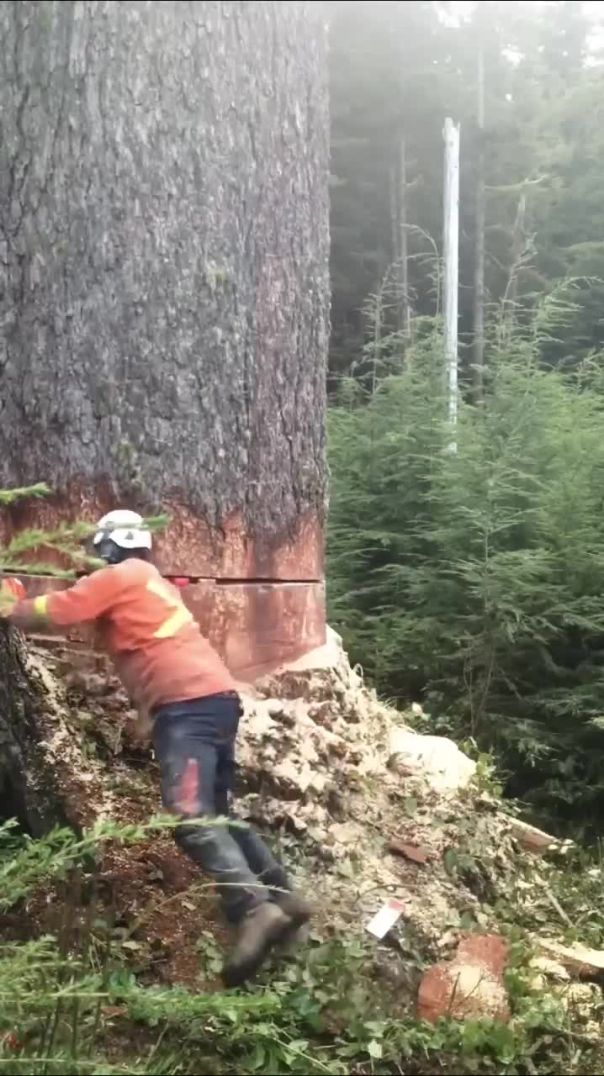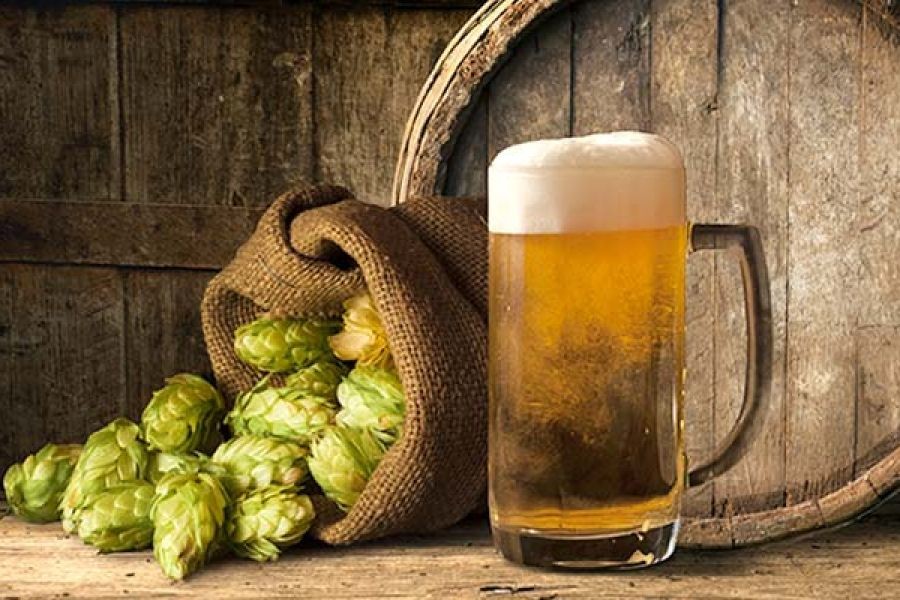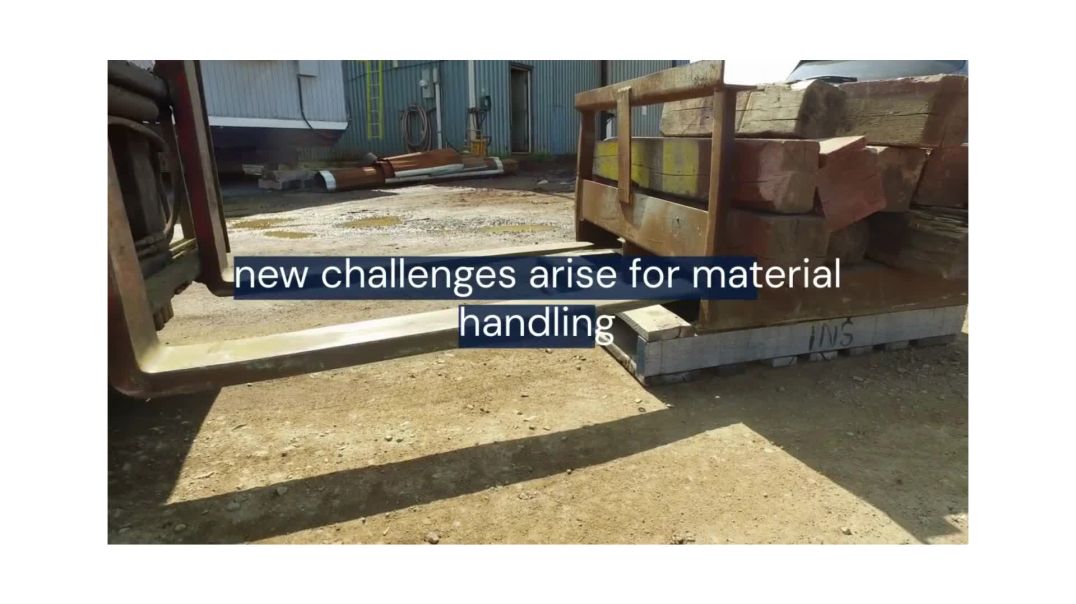Australia, a country rich in biodiversity, is home to some of the most unique and endangered species on the planet. As the pressures of climate change and human activity intensify, conservationists are turning to innovative solutions to protect these invaluable natural assets. One of the most promising tools in their arsenal is Artificial Intelligence (AI). This article explores how AI is being utilized by conservationists in Australia to safeguard species, highlighting real-world applications, expert insights, and the potential future of conservation in the nation.
The AI Revolution in Conservation
Globally, AI is reshaping industries, and conservation is no exception. In Australia, where the economy is intrinsically linked to its environmental health, the integration of AI into conservation strategies is not just beneficial—it's essential. The Australian Bureau of Statistics (ABS) notes that sectors like tourism and agriculture, heavily reliant on natural ecosystems, contribute significantly to the GDP. Therefore, protecting biodiversity is directly tied to economic stability and growth.
Case Study: Protecting the Great Barrier Reef
One of the most significant conservation efforts using AI is the protection of the Great Barrier Reef, a UNESCO World Heritage Site. Threatened by coral bleaching, pollution, and overfishing, the reef's health is critical to marine biodiversity and Australia's tourism industry.
Problem: The Great Barrier Reef faced severe coral bleaching events, threatening marine life and the associated tourism sector, valued at AUD 6.4 billion annually.
Action: Researchers from the Australian Institute of Marine Science (AIMS) deployed AI-driven drones equipped with high-resolution imaging and machine learning algorithms to monitor coral health and predict bleaching events.
Result: The AI system improved the accuracy of bleaching predictions by 30%. This allowed conservationists to take timely action, such as relocating vulnerable species and implementing protective measures.
Takeaway: AI technology is pivotal in proactive conservation efforts, providing data-driven insights that enable informed decision-making. This approach is a model for other regions facing similar challenges.
AI-Powered Wildlife Monitoring
In the vast landscapes of Australia, monitoring wildlife populations is a daunting task. Traditional methods are often labor-intensive and limited in scope. AI offers a transformative solution through automated data collection and analysis.
Using AI to Track Endangered Species
Conservationists are leveraging AI to track endangered species like the koala and the northern hairy-nosed wombat.
Pros:
- Efficiency: AI systems can process vast amounts of data quickly, significantly reducing the time required for manual monitoring.
- Accuracy: Machine learning algorithms can identify individual animals and track their movements with high precision.
- Cost-Effective: Reduces the need for extensive human resources, lowering operational costs.
Cons:
- Initial Investment: High setup costs for AI technology and infrastructure.
- Data Privacy: Concerns over the collection and use of data, especially in sensitive areas.
- Technical Challenges: Requires ongoing maintenance and updates to AI systems.
Despite these challenges, the benefits of AI in wildlife monitoring are undeniable, offering new ways to protect endangered species effectively.
AI in Combating Invasive Species
Invasive species pose a significant threat to Australia's native ecosystems. AI tools are being developed to identify and manage these threats before they cause irreversible damage.
Case Study: Tackling the Cane Toad Problem
The cane toad, introduced in the 1930s, has become a notorious invasive species in Australia, causing harm to native wildlife.
Problem: Cane toads have proliferated across northern Australia, outcompeting native species and disrupting ecosystems.
Action: Researchers implemented an AI-based detection system using thermal imaging cameras and deep learning algorithms to differentiate cane toads from native amphibians.
Result: The detection accuracy improved to 95%, enabling targeted removal efforts and reducing the impact on non-target species.
Takeaway: AI provides a scalable and precise tool for managing invasive species, crucial for preserving Australia's unique biodiversity.
Balancing Innovation with Ethical Considerations
While AI offers exciting possibilities for conservation, it also raises ethical questions. The potential for data misuse and privacy concerns must be addressed to ensure responsible AI deployment.
Ethical AI in Conservation
Organizations like the Australian Competition & Consumer Commission (ACCC) emphasize the importance of data protection and ethical AI use. Conservation projects must adhere to strict guidelines to prevent misuse and protect sensitive ecological data.
Moreover, engaging local communities in AI-driven projects ensures transparency and builds trust, fostering collaboration between conservationists and the public.
Future Trends: AI and Conservation
As AI technology continues to evolve, its application in conservation will likely expand. By 2030, it's predicted that AI will be integral to all major conservation strategies in Australia, enhancing the efficiency and effectiveness of these efforts.
Emerging trends include the integration of AI with other technologies like remote sensing and blockchain, offering new ways to monitor and protect ecosystems. Additionally, AI's role in climate change mitigation will become increasingly important, helping to predict and adapt to environmental changes.
Predictions for the Next Decade
- AI-driven conservation will be central to Australia's environmental policies, supported by government initiatives and funding.
- Advancements in AI will lead to new conservation techniques, such as predictive habitat modeling and species-specific intervention strategies.
- Cross-sector collaborations will increase, leveraging AI to address broader environmental challenges like climate change and habitat destruction.
Conclusion
The integration of AI in conservation efforts represents a significant step forward in protecting Australia's unique biodiversity. By enhancing monitoring capabilities, improving response times, and enabling data-driven decision-making, AI is poised to redefine conservation strategies. As we look to the future, embracing these technologies with ethical considerations will be crucial in ensuring sustainable and effective conservation outcomes.
Final Takeaway: To stay informed about the latest advancements in AI and conservation, consider joining forums and discussions on platforms like LinkedIn AU and engaging with industry experts. Your insights and participation can contribute to shaping a sustainable future for Australia's natural heritage.
People Also Ask
- How does AI impact wildlife conservation in Australia? AI improves efficiency and accuracy in wildlife monitoring, aiding in the protection of endangered species and management of invasive ones.
- What are the challenges of using AI in conservation? Challenges include high initial costs, data privacy concerns, and the need for ongoing maintenance and updates of AI systems.
- How can AI help combat climate change in Australia? AI can enhance predictive modeling for habitat changes and support climate adaptation strategies, helping to mitigate environmental impacts.
Related Search Queries
- AI in conservation efforts
- Australia endangered species protection
- AI wildlife monitoring tools
- Invasive species management Australia
- Great Barrier Reef AI technology
- Ethical AI in conservation
- Future of AI in environmental protection
- AI climate change solutions
- Conservation technology trends 2030
- AI-driven biodiversity initiatives






























A.I. Jobs - Allindustrialjobs
2 months ago